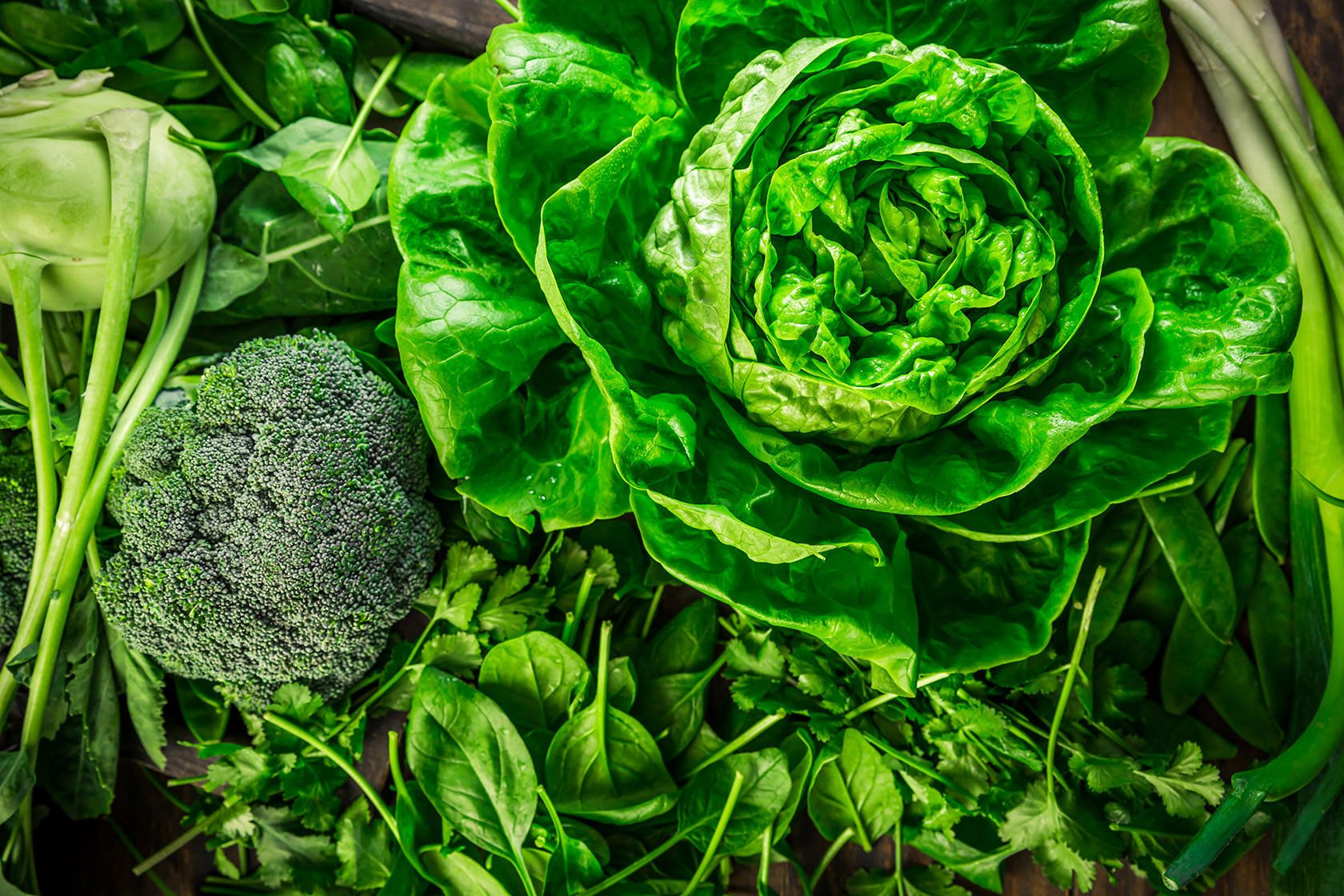
Fiber and Fats
FIBER
Higher fiber foods are good for everyone, especially for people with diabetes. It is best to try to eat between 30—40 grams of fiber a day.
There are two types of fiber: soluble and insoluble. Soluble fiber is more important as it helps in slowing or reducing glucose absorption from the intestines. It has also been shown to be beneficial in lowering fats in the blood.
Soluble fibers are found mostly in fruits, vegetables, and some seeds. They include pectins, gums, and mucilages that increase the thickness of the food in the intestine. Among the highest soluble fiber foods are legumes such as cooked kidney beans which have 7.3 grams per 1/2 cup.
Insoluble fibers are found in brans, husks of whole grains, nuts, and seeds. Their primary role is to act as an intestinal scrubber and clean out the lower gastro-intestinal tract where buildup can occur, contributing to potential cancers, among other things.
Fiber is also found in other, lesser known substances that positively affect blood sugar levels such as flax seed meal and fenugreek seeds.
FATS
The human body needs the right kinds and right amounts of fat to function. All fats are not bad. The key is knowing which fats are the healthiest choice.
All fats are basically mixtures of saturated, monounsaturated, and polyunsaturated fatty acids in different proportions:
| Types of Fat | Comments | Best Sources |
| Saturated | The prevailing advice from most medical professionals is to avoid all saturated fats and oils. However, some saturated fat such as from butter, fish oil and coconut oil is beneficial. For many people, low fat diets are not an effective strategy for weight loss as low fat foods are nearly always high-carbohydrate foods, which trigger the release of insulin, causing the body to store fat (1). | Butter, fish oil, coconut oil |
| Monounsaturated | Many diet plans recommend monounsaturated oils, such as olive oil and canola, as the best oils for weight loss. However, these oils should still be used sparingly because they have a high ratio of omega 6 fatty acids. | Unrefined olive oil, sesame oil, avocados, and most nuts |
| Polyunsaturated | Two of the essential fatty acids that are polyunsaturated include linoleic acid (omega-6) and alpha linoleic acid (omega-3). However, excess consumption of polyunsaturated oils results in an unhealthy ratio of omega 3 to omega 6 fatty acids. | Unrefined safflower oil, flax oil, sunflower oil |
ESSENTIAL FATTY ACIDS
In the quest to reduce fat consumption, most people do not eat enough of the right kind of fats known as essential fatty acids (EFAs). These fats are termed “essential” because they are critical for good health and cannot be made by the body. Without essential fatty acids in the diet, the brain and body do not develop properly.
| Types of Fatty Acids | Health Benefits | Sources |
| Omega-3 | Most people need to eat more omega-3 fatty acids. Improves heart health, reduces hypertension, improves rheumatoid arthritis, lupus, Raynaud’s disease, and other autoimmune diseases, improves depression and symptoms of other mental health problems Research suggests that in individuals with non-insulin-dependent (or type 2) diabetes, omega-3s can improve insulin sensitivity (2,3). | Cold water fish (especially wild salmon), flaxseed, hemp seed, walnuts, green leafy vegetables |
| Omega-6 | Most people eat enough omega-6 fatty acids and need to eat more omega-3 fatty acids instead. More research is needed to determine the optimum ratio of omega-6 to omega-3 fatty acids. For early humans, the ratio was 1:1 while the typical western diet is 10:1. The high concentration of GLA (gamma linolenic acid) found in omega-6 fatty acids are anti inflammatory in nature and therefore have been found to be useful in reducing the aches and pains of rheumatoid arthritis, PMS, endometriosis, and neuropathy. | Most vegetable oils, evening primrose oil, borage oil, cereals, eggs, poultry, and whole grain breads |
| Conjugated Linoleic Acid (CLA) | CLA is a little known fatty acid which is found primarily in the meat and milk of grass fed animals. Range fed animals contain 10 times the CLA of those that are grain fed. CLA normalizes impaired glucose tolerance and promotes weight loss (4). | Meat and milk of grass fed animals |
| Medium Chain | One of the most important medium chain fatty acids is lauric acid, which may also be considered an essential fatty acid because it can only be made by the lactating female. Medium chain fatty acids increase the body’s metabolism and aid in weight loss (5,6). | Coconut oil, palm kernel oil |
Avoid Trans Fat!
Trans fat is made by adding hydrogen to vegetable oil. This improves shelf life and crispiness of foods like crackers and baked goods. These chemically altered fats raise bad cholesterol (LDL) and lower good cholesterol (HDL). As of 2006, all nutrition labels are required to list the trans fat content. However, foods can still contain up to .5 gram per serving. To be sure to avoid eating hidden trans fats, do not eat any product that lists hydrogenated or partially hydrogenated oil in the ingredients.
REFERENCES
Enig, Mary, Ph.D.,Know Your Fats: The Complete Primer for Understanding the Nutrition of Fats, Oils, and Cholesterol. Bethesda Press, 2000: 105-109.
St-Onge MP, Bosarge A. Weight-loss diet that includes consumption of medium-chain triacylglycerol oil leads to a greater rate of weight and fat mass loss than does olive oil. Am J Clin Nutr. 2008 Mar: 87(3): 621-626.
Nagao K, Yanagita T. Medium-chain fatty acids: functional lipids for the prevention and treatment of metabolic syndrome. Pharmacological Research. 2010 Mar: 61(3): 208-212.
Eyjolfson V, Spriet LL, Dyck DJ. Conjugated linoleic acid improves insulin sensitivity in young, sedentary humans. Medicine and Science in Sports and Exercise. 2004 May: 36(5): 814-820.
Mumma K, Stonehouse W. Effects of medium-chain triglycerides on weight loss and body composition: a meta-analysis of randomized controlled trials. 2015 Feb:115(2): 249-63.
St-Onge MP, et al. Impact of medium and long chain triglycerides consumption on appetite and food intake in overweight men. Eur J Clin Nutr. 2014 Oct: 68(10): 1134-1140.
